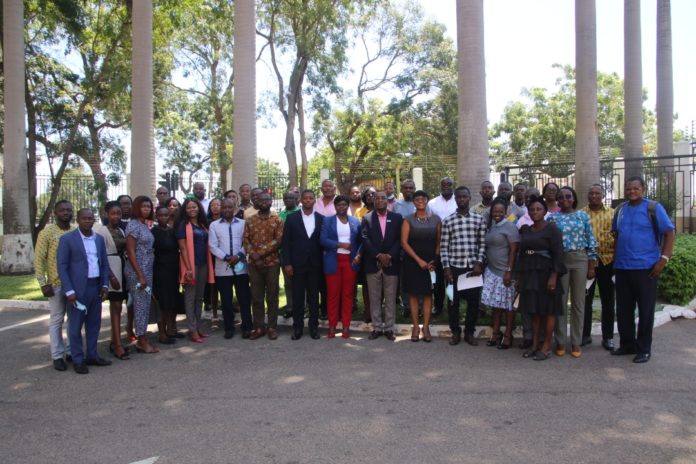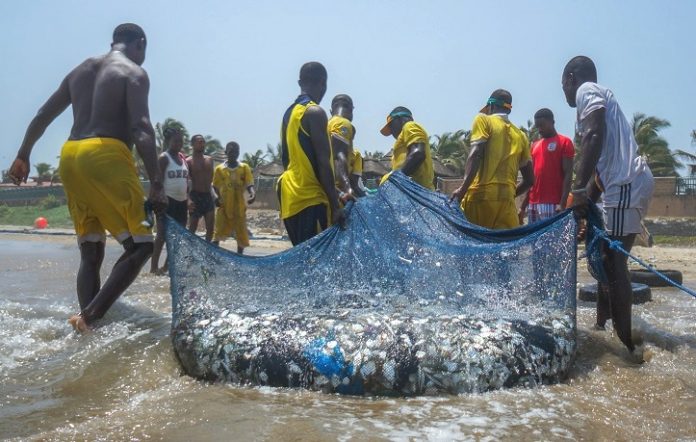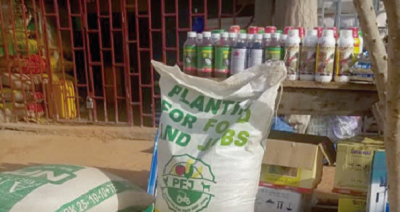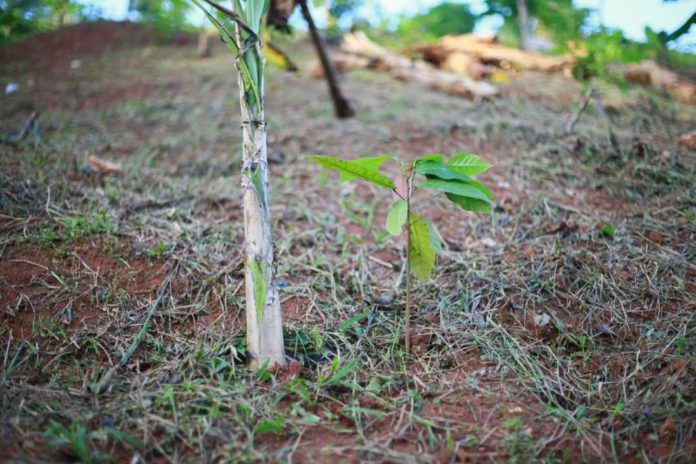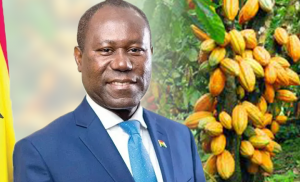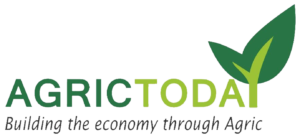A project to combat forced and child labour in Ghana’s cocoa and gold sector has been launched in Accra.
The initiative is intended to complement the government’s effort to eradicate force and child labour which is seen as unfair contract practices.
The project ‘Yen Ne Mmofra No Nti’ is implemented by Rainforest Alliance, International Cocoa Initiative and Solidaridad West Africa with funding from the Norwegian Agency for Development Cooperation (NORAD).
The project is to use a landscape approach to solving the endemic systemic problem in a holistic manner. The regions to be covered are Ashanti, Western, Western North and Eastern Region of Ghana.
The goal of this project is to protect the children and the vulnerable against force and child labour in cocoa and gold-mining communities in Ghana to achieve increased socio-economic resilience.
The targeted group includes vulnerable children, youth, cocoa companies, cooperatives, relevant government ministries and CSOs in Ghana.
In all, the project seeks to benefit about 12,500 vulnerable individuals and will be implemented in 120 selected cocoa cooperatives and gold mining associations.
The Country Director for Rainforest Alliance, Mr Kwame Osei Boateng mentioned that a recent report published by the International Labour Organization and UNICEF estimates that the number of child labour cases have raised to 160 million worldwide; an increase of 8.4 million children in just four years.
According to him, a study by the United States Department of labour in October 2020 found that 770,000 children were engaged in cocoa production in Ghana and about 92 percent of them were exposed to at least one form of hazardous child labour.
“Protecting human rights within the production landscape should be a shared responsibility by all actors within the landscape,” he added.
The Regional Director of Solidaridad West Africa, Mr Isaac Gyamfi indicated that there is a need to improve labour services delivery in Ghana.
“There is the need to de-couple sustainability interventions from sourcing in order to make its implementation less competitive among private sector actors to drive compliance to sustainability practices” he pointed out.
The Norwegian Ambassador, Ingrid Mollestad believes that with Ghana’s vibrant civil society and different government agencies on board it provides a good framework and basis for the implementation of this project.
She indicated that the expertise that Rainforest Alliance has brought together in this project is promising.
“I am also very pleased that some of the tools and plans developed in this project for Ghana will be used and gain relevance for Cote d’Ivoire and hopefully for other countries in the region” she added.
Mrs Joyce Poku-Marboah, the Senior Project Manager said the key implementation strategies would be to collaborate with the government to map up existing strategies.
“We will orgainse training and workshops for key stakeholders to share lessons and engage in direct advocacy as well as establish a remediation fund for survivors and link them to existing programmes such as Technical, Vocational Education and apprenticeship training” she added.
The Deputy Chief Executive Officer of Ghana Cocoa Board in charge of Operations, Dr Emmanuel Opoku said COCOBOD will offer their support to the ‘Yen Ne Mmofra No Nti’ project.
“The rise in forced and child labour cases in the country is due to the poverty in these areas and must be tackled with all seriousness.
I am happy Rainforest Alliance, International Cocoa Initiative and Solidaridad West Africa with funding from the Norwegian Agency for Development Cooperation (NORAD) are helping to combat child labour cases in a holistic manner” he said.

